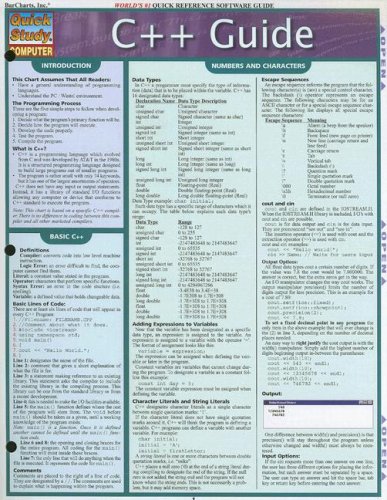- 2 402 202 книги
- Поиск
libcats.org







British Submarines 1939-45
Innes McCartney, Tony BryanThe submarine was as formidable a weapon for the Royal Navy in World War II as for the other main combatant nations. The first half of this book explores the conception, design, development and subesequent evolution of the three major classes: the "S", "T", and "U".
The "S" Class submarine was originally conceived in the 1920s, specifically for deployment in narrow seas. As the war progressed the submarine was modified to increase its diving capability and fuel-carrying capacity, and radar and many other features were added. The "S" Class served in all theaters from the North Atlantic to the Pacific with notable success, in many cases surviving very severe damage.
The "T" Class submarine was originally conceived for operations in the Far East, thus was one of the largest types to be built and serve in World War II. The development of the "T" Class during the war was sometimes at the expense of its underwater stability and in the Mediterranean theater half of the submarines that were deployed sunk.
The "U" Class include Upholder, the most successful British submarine of World War II.
The second half of the book surveys the major submarine actions of the war, including the Norwegian Campaign, operatins to save Malta and many other engagements in all theaters involving British submarines, German U-Boats and the Japanese. The author has accessed many previously unpublished sources and draws on his own extensive underwater research to give a highly detailed and informed account of the British submarine.
The "S" Class submarine was originally conceived in the 1920s, specifically for deployment in narrow seas. As the war progressed the submarine was modified to increase its diving capability and fuel-carrying capacity, and radar and many other features were added. The "S" Class served in all theaters from the North Atlantic to the Pacific with notable success, in many cases surviving very severe damage.
The "T" Class submarine was originally conceived for operations in the Far East, thus was one of the largest types to be built and serve in World War II. The development of the "T" Class during the war was sometimes at the expense of its underwater stability and in the Mediterranean theater half of the submarines that were deployed sunk.
The "U" Class include Upholder, the most successful British submarine of World War II.
The second half of the book surveys the major submarine actions of the war, including the Norwegian Campaign, operatins to save Malta and many other engagements in all theaters involving British submarines, German U-Boats and the Japanese. The author has accessed many previously unpublished sources and draws on his own extensive underwater research to give a highly detailed and informed account of the British submarine.
Популярные книги за неделю:

Проектирование и строительство. Дом, квартира, сад
Автор: Петер Нойферт, Автор: Людвиг Нефф
Размер книги: 20.83 Mb

Система упражнений по развитию способностей человека (Практическое пособие)
Автор: Петров Аркадий НаумовичКатегория: Путь к себе
Размер книги: 818 Kb

Сотворение мира (3-х томник)
Автор: Петров Аркадий НаумовичКатегория: Путь к себе
Размер книги: 817 Kb

Радиолюбительские схемы на ИС типа 555
Автор: Трейстер Р.Категория: Электротехника и связь
Размер книги: 13.64 Mb
Только что пользователи скачали эти книги:

Windows XP: The Complete Reference
Автор: Margaret Young, Автор: John R. Levine, Автор: Margaret Levine Young, Автор: John Levine, Автор: John R. Levine
Размер книги: 13.72 Mb

C++ Guide.. World's #1 Quick Reference Software Guide (Barcharts, 2006)(ISBN 1423202635)(O)(4s)
Автор: Inc. Barcharts
Размер книги: 1.09 Mb

Самодельные электронные устройства в быту
Автор: Шленциг Клаус, Автор: Штаммлер ВольфгангКатегория: АППАРАТУРА
Размер книги: 1.56 Mb





